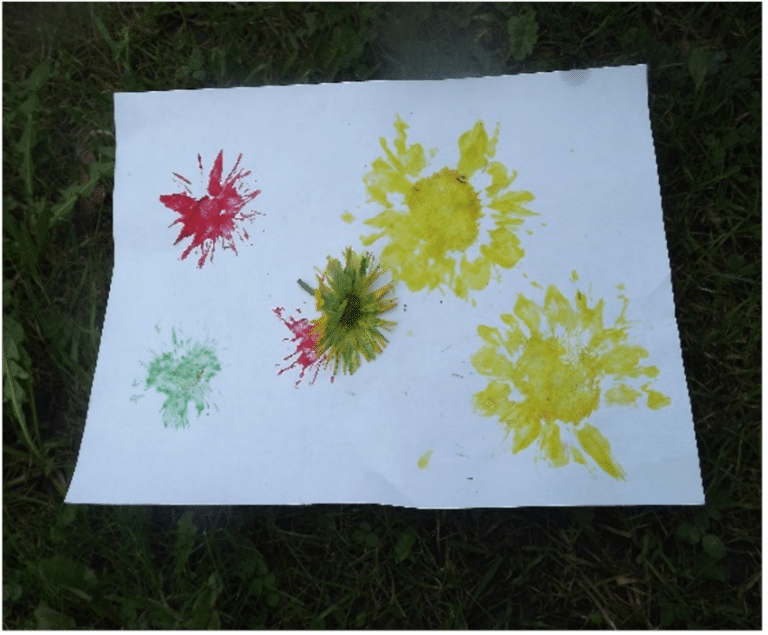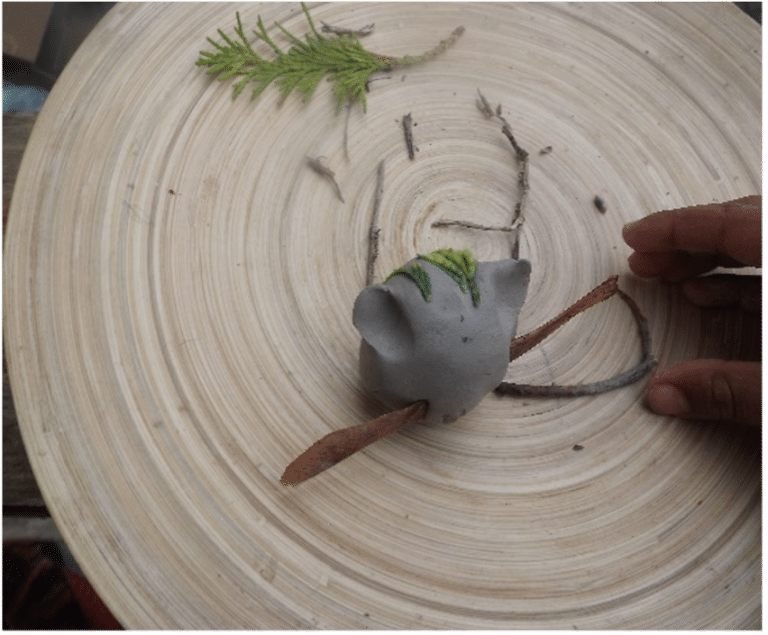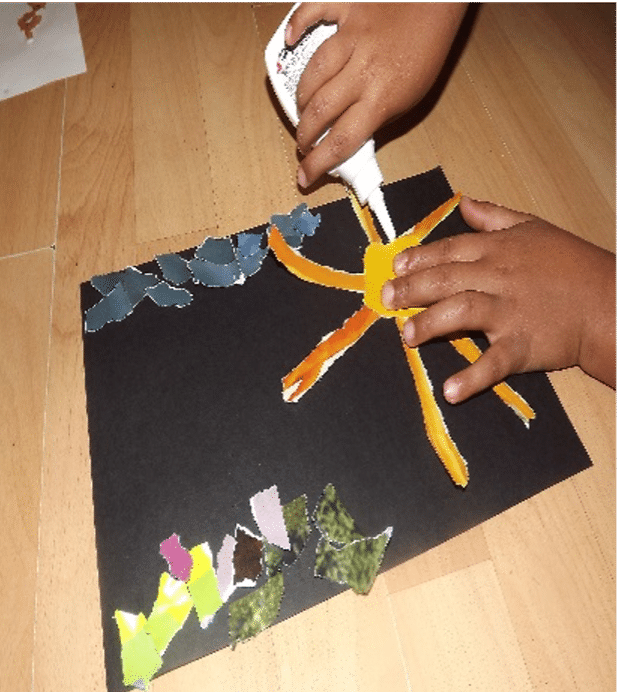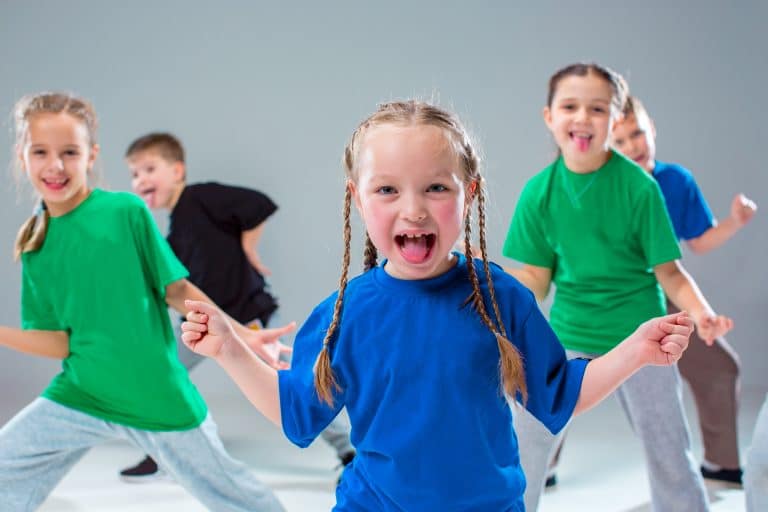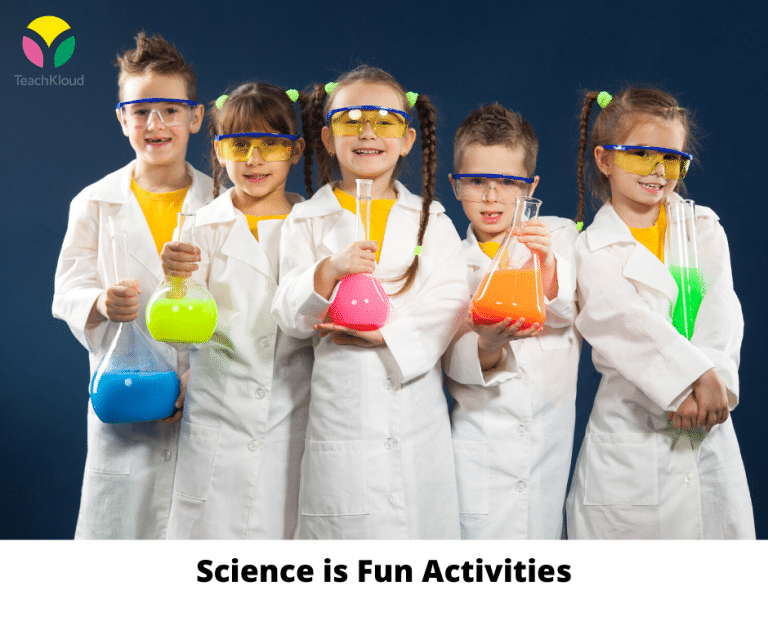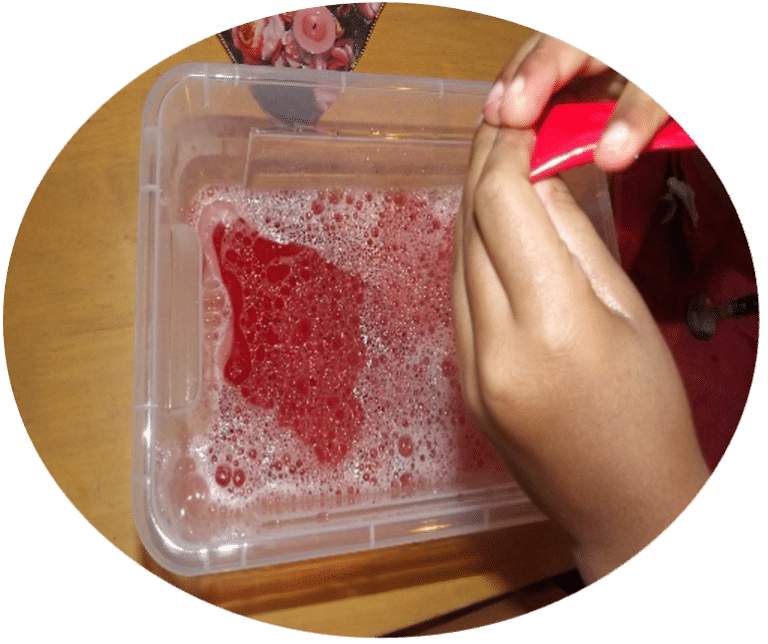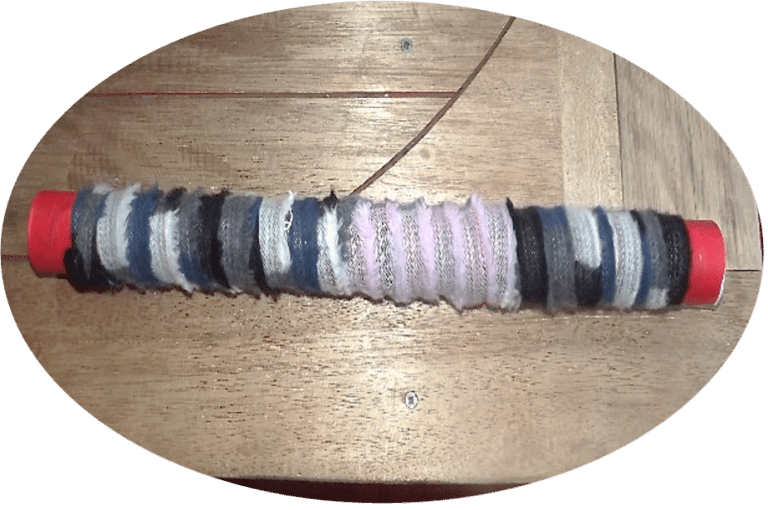There is so much to discover in nature!
This activity encourages imagination, fine motor skills and nature play
Materials
- Various types of leaves
- Scissors, paper, pencil, pastels or crayons
- Glue or flour and water mixture which acts as a glue
Learning Goals
- Engage, explore and experiment in their environment and use new physical skills including skills to manipulate objects and materials
- Learn about the natural environment and its features, materials, animals, and plants, and their own responsibility as carers
- Nature awareness: collecting, sorting and grappling with natural materials
- Sensorial Stimulation: experience various textures (based on the sample of leaves / flowers provided)
- Symmetry and pattern: exposes children to a diverse range of patterns and symmetry within our natural learning environment
Process Description
Summary
Encourage children to collect various types of leaves / flowers. Make observations / discuss size, shape, colour and structure of the materials collected. Fold the paper in half like a book. Cut each leaf in half and stick half of a leaf onto the middle line of the paper. Children can draw the missing half of the leaf on the paper and can use colouring pencils/crayons/pastels to add colour to the artwork or add a different piece of leaf on the missing part to complete the picture.
Adaptation
show images of animals, fold the paper in half and encourage children to draw what they think the other half looks like. Write the names of the animals and/or different types of leaves/flowers above each drawing and facts about each to encourage a literacy-rich environment.
Key Thought 1
Using nature as objects for drawing brings children closer to the details of the natural world.
Key Thought 2
Mirror drawings exposes children to symmetry in our world which is the concept of “the same” in the understanding of young children.
Key Thought 3
Children and if possible family members or community members can help to create the path.
Key Thought 4
This activity provides opportunities to develop observation skills, problem solving, practice of fine motor skills and encourages children’s languages as they talk about the shapes, colours, names and details of the natural resources
Key Thought 5
This activity equips children with skills to expand their free drawing skills. Making children aware of symmetries will enable them to recognise symmetries in nature (Villaroel et.al. 2019).
Adaptation
Do a nature walk and bring a camera. Encourage the children to find patterns in nature. What patterns or lines of symmetry can they find. Take pictures and allow the children to also take pictures (if possible). Print the pictures and make a patterns in nature poster. Write the names of the materials collected and discuss what was found.
Reflective questions
- What could have been better?
- How did I scaffold children’s learning?
- Could I have adapted the learning opportunity to reflect all children’s needs, abilities and interests
Looking and responding
Start by asking the children to describe what they see. Draw attention to details. These are sample questions that can be adapted using your expertise and knowledge of the children. Where is this happening; is it summer or autumn and how does this affect what we see out in nature?
I’m wondering what you were thinking when you were working with the leaves? How did they feel? What colours did you see?
Would you do anything differently, if you were doing it again?
Bibliography
- Centre for Early Childhood Development and Education (CECDE) (2006) Síolta: The National Quality Framework for Early Childhood Education. Centre for Early Childhood Development and Education.
- Hsu, A. (2017) 12 Creative Sensory Walk Activities for Kids [online]. Available at: https://www.hellowonderful.co/post/12-CREATIVE-SENSORY-WALK-ACTIVITIES-FOR-KIDS
- National Council for Curriculum and Assessment (NCCA) (2009a) Aistear: The Early Childhood Curriculum Framework. Dublin: NCCA.
- Thornton, L. (2016) Using natural materials to enhance children’s learning [online]. Available at: http://blog.optimus-education.com/using-natural-materials-enhance-children%27s-learning.
Author Bio
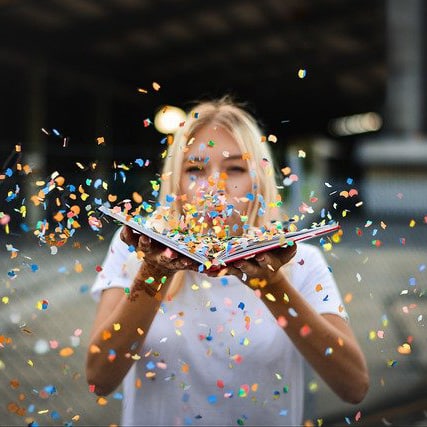
TeachKloud is a cloud-based management platform for early childhood educators and parents!

